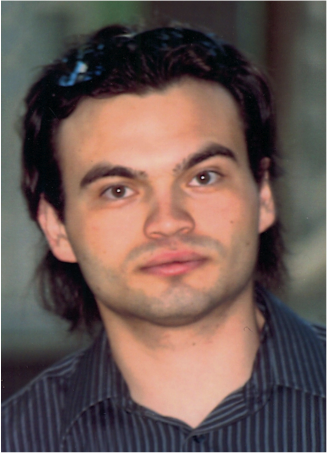Dissertation Defense
Ultrafast Terahertz Response of Epitaxial and Chemical-Vapor-Deposited Graphene and of Germanium and Germanium/Silicon Core/Shell Nanowires
Add to Google Calendar

Nanotechnology has recently enjoyed a tremendous interest, and many emerging nanoscale and low-dimensional materials and devices are under active investigation. This dissertation presents research work on the physics of the ultrafast terahertz (THz) response and the hot-carrier dynamics in two sample classes of state-of-the-art materials, namely graphene and semiconductor nanowires, by using ultrafast time-resolved THz spectroscopy.
The dynamic THz response of a wide variety of high-quality graphene, including epitaxial and chemical-vapor-deposited, is systematically studied. In pristine epitaxial and chemical-vapor-deposited graphene, the dynamics depend critically on the doping density with relaxation times ranging from a few picoseconds in highly doped to hundreds of picoseconds in quasi-neutral layers; a microscopic density-matrix theory of carrier-carrier and carrier-phonon interactions accounts quantitatively for the experimental results. In multilayer epitaxial graphene with a few highly doped and many lightly doped layers, low-energy relaxation times of hundreds of picoseconds are measured in the lightly doped layers consistent with a first-principles theory of interlayer energy transfer via screened Coulomb interactions.
The dynamic THz response of quasi-one-dimensional high-quality single-crystal germanium and germanium/silicon core/shell nanowires is also extensively investigated. The dynamics are characterized by fast few-picosecond intraband carrier relaxation followed by slower sub-nanosecond interband carrier recombination processes. Clear evidence for ballistic carrier transport on tens of nanometers is observed, and surface defect states are identified as the dominant carrier recombination and scattering mechanism limiting carrier lifetime and transport. Three possible physical origins giving rise to the observed highly anisotropic response are considered including free-carrier response, exciton response and quantum confinement effects.
 MENU
MENU 
